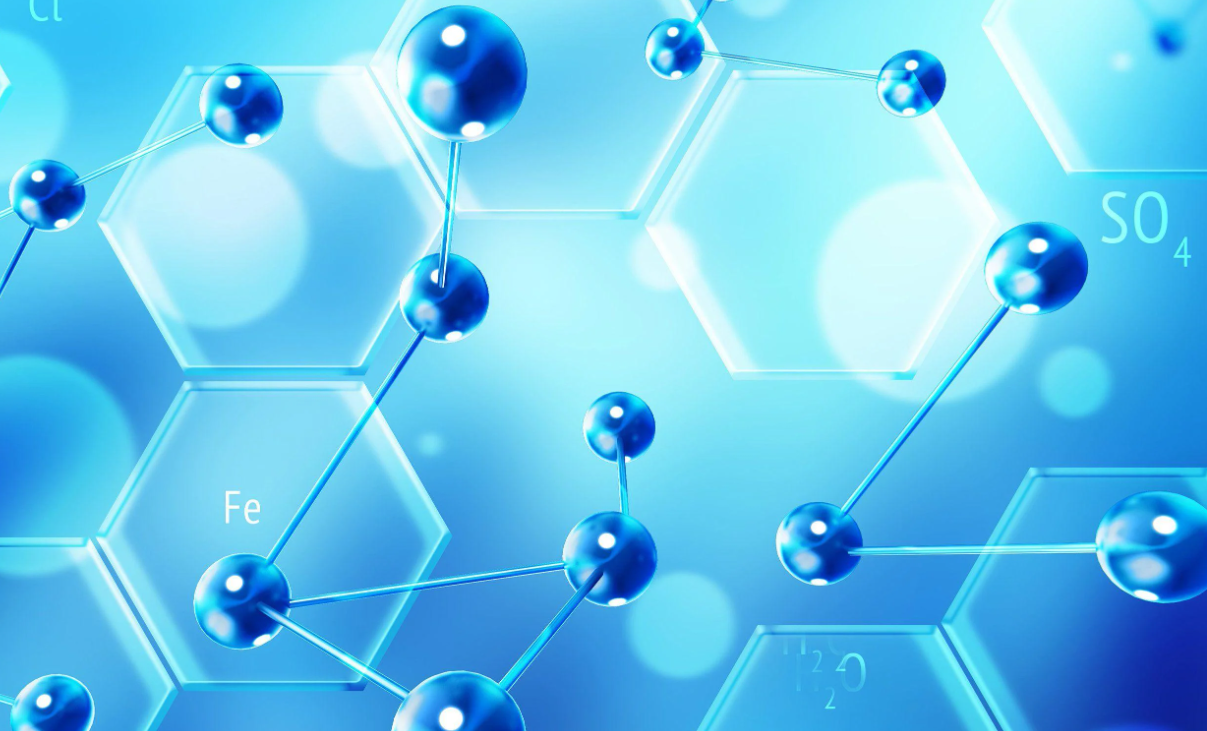Science News Updates

🌦️ Artificial Rain Over Delhi to Clean Air
Delhi to undergo its first-ever cloud seeding experiment this July to induce artificial rain aimed at reducing air pollution levels. Silver iodide or salt-based agents will be dispersed into clouds—a strategy hoped to temporarily clear toxic smog post-monsoon.
🌧️ Above-Average July Monsoon Expected
The IMD predicts above-normal monsoon rainfall across most of India in July, following a June surplus of ~9%. This enhanced rain outlook is vital for irrigation and crop production, especially in Maharashtra, Gujarat, Madhya Pradesh, and northern rice belts.
🌱 Van Mahotsav: UP to Plant 35 Crore Saplings
In a massive ecological drive from July 1–7, Uttar Pradesh will plant over 35 crore saplings under Van Mahotsav, involving government, private nurseries, and community groups to strengthen green cover.
🌿 Delhi Bird Atlas Spots 160 Species
The “Delhi Bird Atlas” summer survey logged 160 bird species, with 21 new seasonal arrivals like Greater Flamingo and Indian Pitta, engaging 200+ volunteers. The data supports urban biodiversity conservation.
🧬 Neanderthals Rendered Fat 125,000 Years Ago
New archaeological evidence shows Neanderthals extracted fat from crushed animal bones around 125,000 years ago—marking advanced food-processing far earlier than previously known.
🛸 Water-Rich Super‑Earth Discovery
Astronomers have identified a water-rich exoplanet (twice Earth’s size, four times its mass) roughly 154 light-years away, offering a promising avenue for future habitability studies.
🔭 Buck Moon Approaches on July 10
The Buck Moon, named for deer antler growth season, will peak on July 10, offering a stunning lunar spectacle. Skywatchers can also spot Mars, Venus, and Saturn nearby.
🌌 Cosmic Chemistry: Largest Space PAH Molecule
Scientists have detected cyanocoronene, the largest polycyclic aromatic hydrocarbon in space—seven benzene rings plus a cyano group—shedding light on complex interstellar chemistry.
🧪 Breaking “Cold Blob” in Atlantic Climate
Researchers attribute a cooling patch south of Greenland not to ocean or atmosphere alone but to a combined weakening of the Atlantic Meridional Overturning Circulation (AMOC)—crucial for understanding climate shifts.




